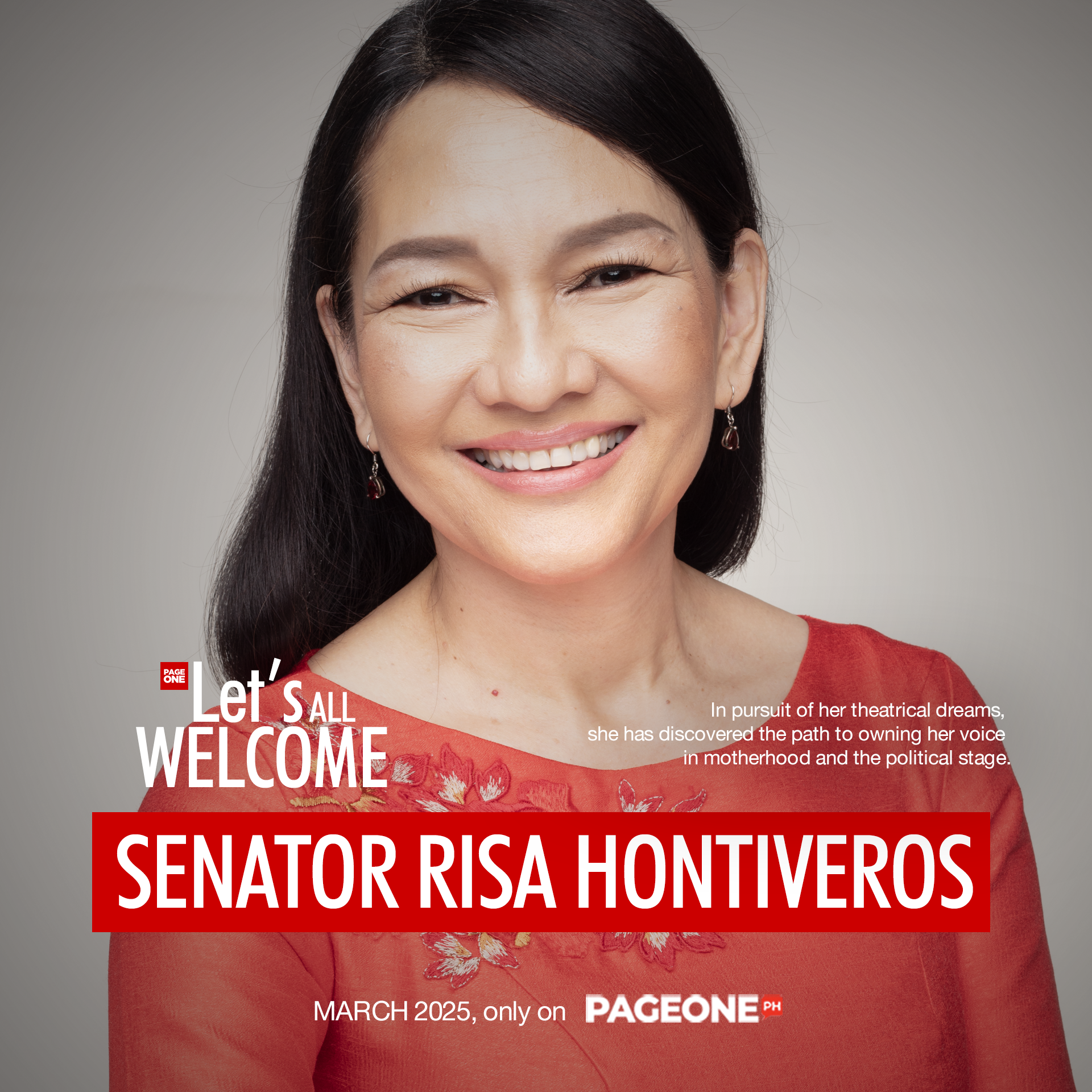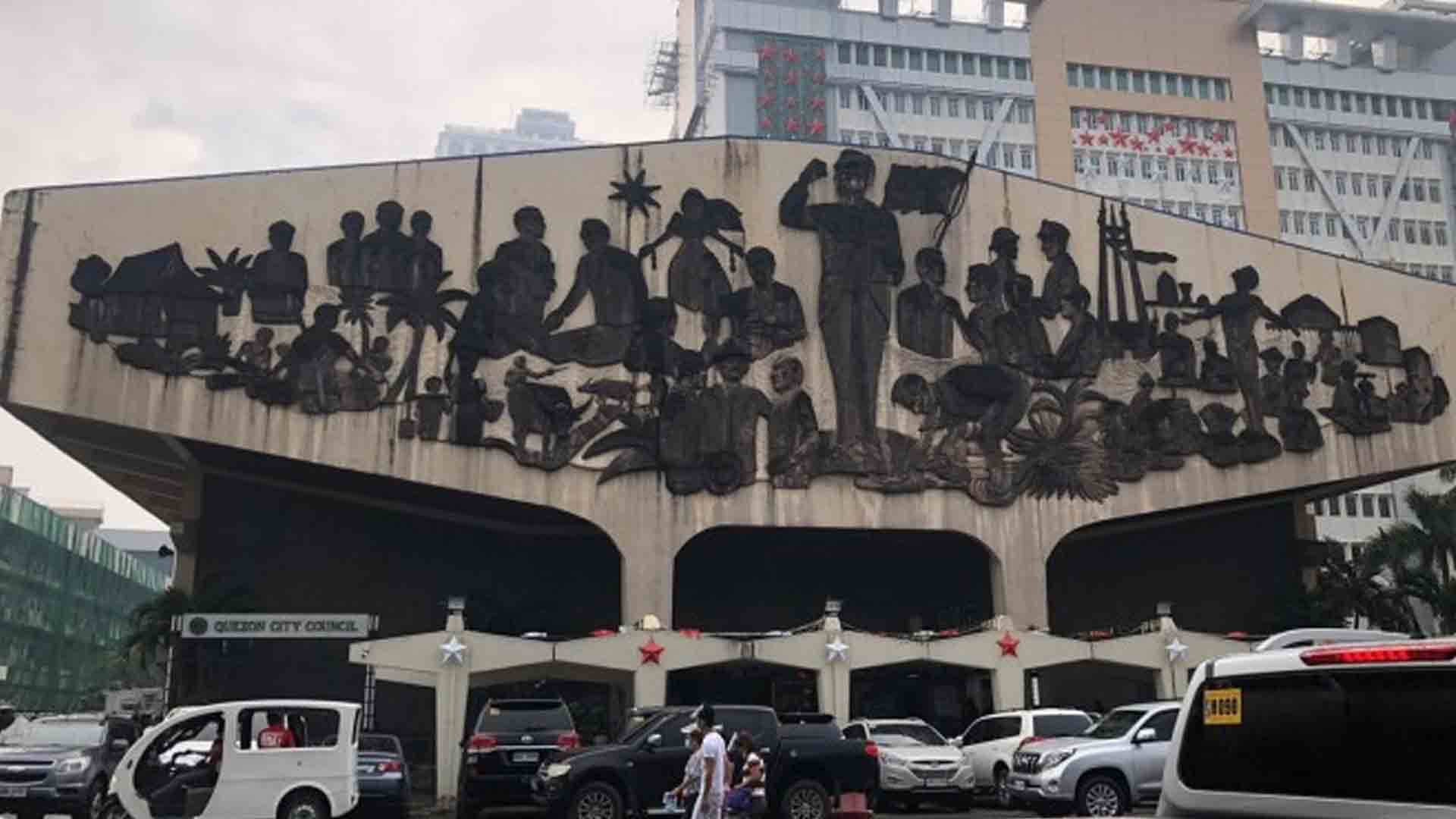The Department of Environment and Natural Resources (DENR), through the Biodiversity Management Bureau (BMB) and DENR-National Capital Region, has signed a memorandum of agreement (MOA) with the Quezon City government and Metro Pacific Investments Corporation (MPIC) for the development of an urban biodiversity park in Quezon City.
The DENR and its partners agreed to implement the “Building a Biodiversity-Friendly Environment in Metro Manila” project under the Urban Biodiversity Program (UBP) to develop and sustainably manage Madison Park, which will be known as Gabay Kalikasan Park, in New Manila, Quezon City.
Acting Secretary Jim O. Sampulna on Sunday underscored the DENR’s role in realizing plans to “ensure ecological integrity and clean and healthy environment, which includes sustained biodiversity and ecosystem services.”
“While our focus is largely directed at managing natural ecosystems through the establishment of protected areas, we also need to address the importance of enhancing our urban ecosystems to be able to provide a quality and livable environment for urban dwellers,” Sampulna said in a statement.
The project aims to pilot-test the “adopt-a-city” approach in implementing the UBP to encourage the business sector’s support in creating green urban communities at the city and barangay or village level.
It also seeks to increase awareness, understanding, and appreciation of local communities and other stakeholders on the importance of urban biodiversity and green spaces, and encourage individual actions on urban greening.
DENR-BMB Director Natividad Y. Bernardino said Filipinos can visualize the city landscape with living rivers, streams, lakes, coastal areas, swamps, urban forest parks, and green highways for wildlife through the DENR’s Urban Biodiversity Program.
“Let us anticipate with enthusiasm the full-bodied implementation of the [UBP] as the DENR and the Department of the Interior and Local Government firm up a new policy on urban biodiversity as part of the Seal of Good Local Governance,” Bernardino said.
Implemented in 2017, the UBP aims to promote the conservation of biodiversity, develop and maintain green spaces within cities to provide benefits through ecosystem services to Filipinos.
Sampulna envisions an increase in the proportion of green spaces in the country’s five largest cities — Quezon City, Cebu, Davao, Caloocan, and Manila — by at least 5 percent under the Philippine Biodiversity Strategy Action Plan for 2015-2028. (PNA)







